How Does the Design of Espresso Machines Contribute to Their Low Maintenance?
Espresso machines are known for their intricate design and ability to produce high-quality coffee. One of the reasons why espresso machines require low maintenance is due to their simple design. Unlike other coffee machines, espresso machines have fewer parts that need regular cleaning and maintenance. This simplicity in design reduces the chances of malfunction and makes it easier for users to clean and maintain their machines.
Another factor that contributes to the low maintenance of espresso machines is the use of high-quality materials in their construction. Most espresso machines are made from durable materials such as stainless steel, which are resistant to rust and corrosion. This ensures that the machine can withstand daily use without deteriorating quickly. Additionally, the use of high-quality materials also makes it easier to clean and maintain the machine, as these materials are less likely to stain or retain odors.
Additionally, many espresso machines are designed with removable parts that are easy to clean. For example, the portafilter, filter baskets, and drip tray can be easily removed from the machine for cleaning. This allows users to thoroughly clean these parts and prevent the buildup of coffee residue and oils, which can affect the taste of the espresso. The ability to remove and clean these parts also reduces the chances of clogging and ensures that the machine continues to function properly.
Furthermore, the design of espresso machines often includes features that prevent limescale buildup. Limescale is a common issue with coffee machines that use water, as minerals in the water can accumulate and clog the machine. Many espresso machines come equipped with built-in water filters or descaling programs that help prevent limescale buildup. By incorporating these features into the design, espresso machines require less frequent descaling and maintenance, saving users time and effort.
Another aspect of espresso machine design that contributes to low maintenance is the presence of self-cleaning functions. Some espresso machines have automatic cleaning cycles that flush out the internal components with hot water or steam, removing any coffee residue or oils. This self-cleaning function helps keep the machine clean and prevents the buildup of harmful bacteria. Additionally, some machines have alerts or indicators that remind users when it is time to clean or descale the machine, making maintenance easier and more convenient.
Moreover, the design of espresso machines often includes features that improve energy efficiency and prolong the lifespan of the machine. For example, many espresso machines have energy-saving modes that automatically power off the machine after a period of inactivity. This helps reduce energy consumption and prevents the machine from overheating, which can cause damage over time. By incorporating these energy-saving features into the design, espresso machines require less maintenance and are more cost-effective to operate.
In conclusion, the design of espresso machines plays a significant role in their low maintenance requirements. By incorporating simple and durable materials, removable parts, limescale prevention features, self-cleaning functions, and energy-saving modes, espresso machines are easier to clean and maintain. These design elements not only reduce the time and effort required for maintenance but also ensure that the machine continues to produce high-quality espresso for years to come.
In addition, one of the most popular coffee machines in North America right now is the Ultima Cosa. Ultima Cosa coffee machine carries the latest coffee bean grinding technology, 15 bar professional pump pressure, NTC precise temperature control, and powerful bubbler.



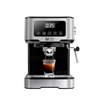


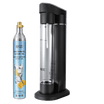

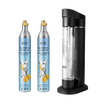




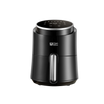







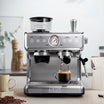
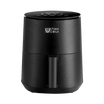
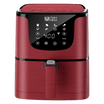
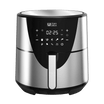
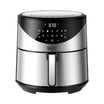

















Leave a comment
This site is protected by hCaptcha and the hCaptcha Privacy Policy and Terms of Service apply.